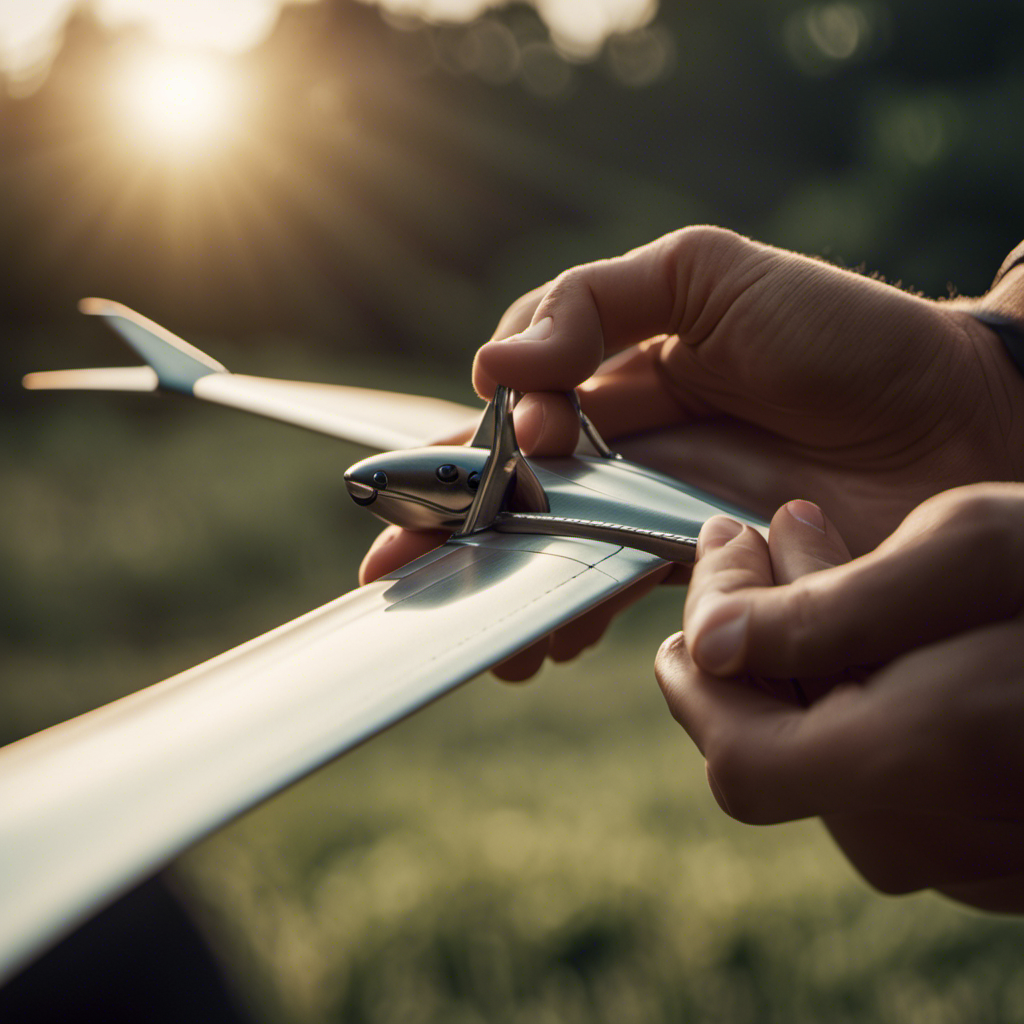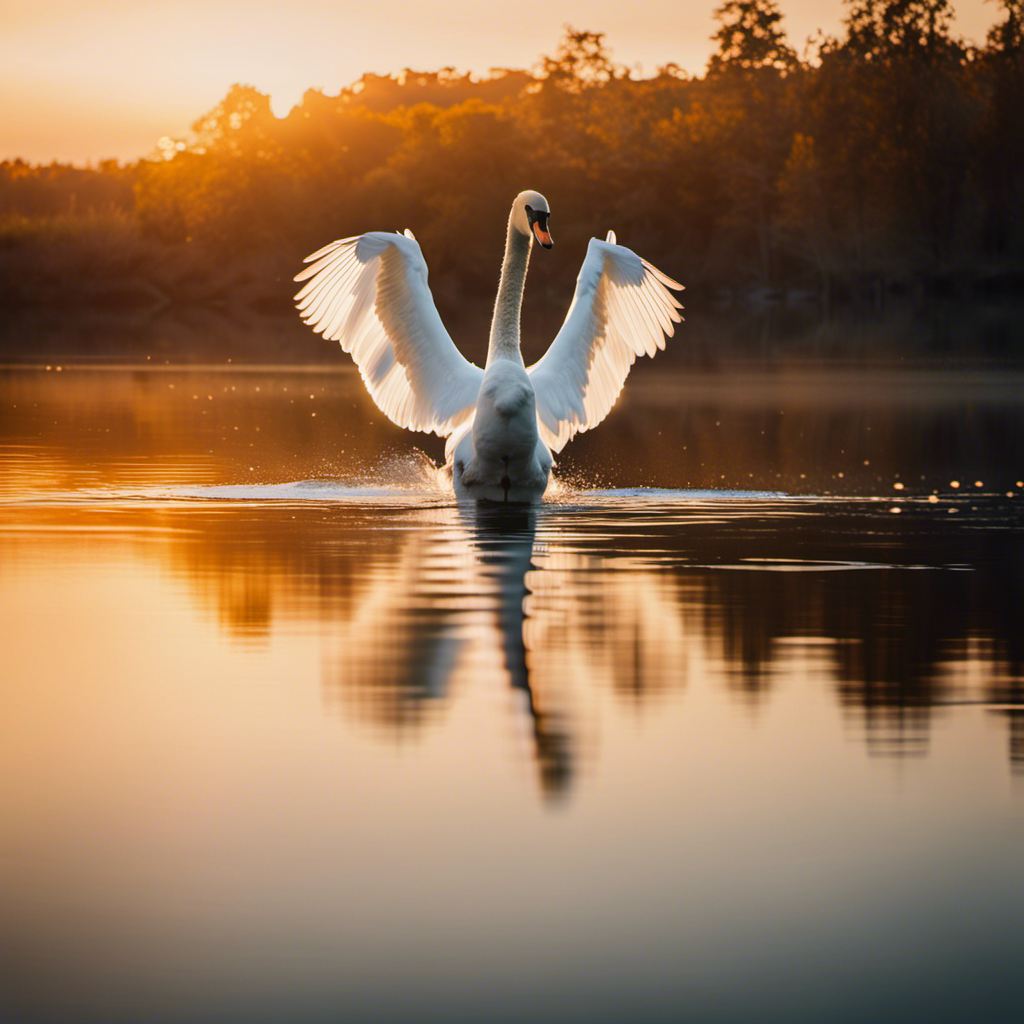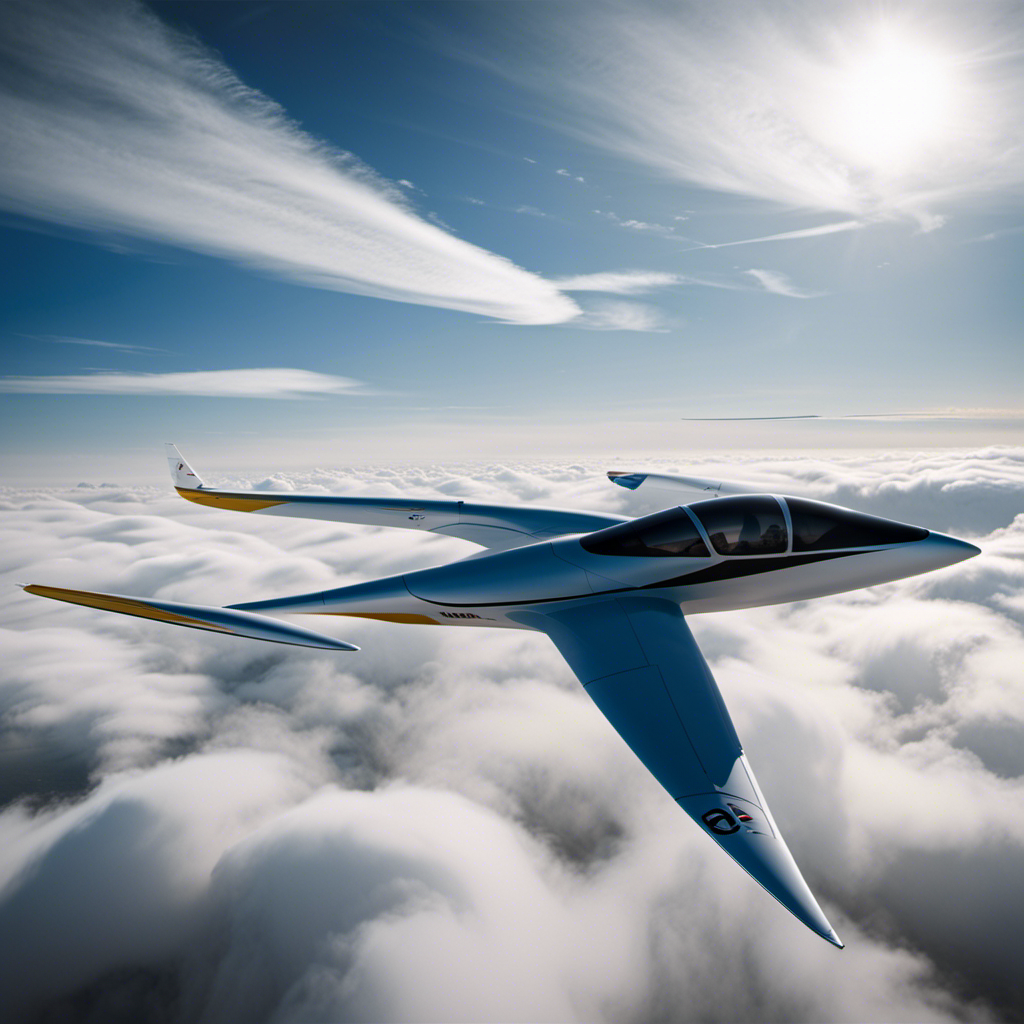As a glider enthusiast, I have always been fascinated by these captivating creatures. While the thought of domesticating a glider may seem daunting, following the right approach can result in a rewarding and fulfilling experience.
In this article, we will explore the intricacies of understanding their behavior and needs, creating a safe environment, and building trust through bonding activities. By using positive reinforcement techniques and gradually introducing them to new experiences, you can establish a strong connection with your glider.
So, let’s dive in and unravel the secrets of taming these marvelous creatures.
Key Takeaways
- Use positive reinforcement techniques such as treats and praise to reward the glider for showing interest in new experiences
- Encourage socialization and bonding with other gliders in a safe and secure environment
- Consider seeking professional guidance to tailor a plan based on the glider’s specific needs and behaviors
- Be patient, consistent, and dedicated in building trust and gradually introducing new experiences to the glider’s environment
Understand their Behavior and Needs
Understanding their behavior and needs is essential when taming a glider. To successfully tame a glider, it is crucial to understand their socialization needs.
These small marsupials are highly social and thrive in groups, so providing them with companionship is vital. Gliders should never be kept alone as it can lead to loneliness and stress.
Recognizing signs of stress in gliders is also important. Common signs include excessive grooming, aggression, and self-mutilation. If these behaviors are observed, it is crucial to address the underlying cause and make adjustments to their environment.
Provide a Safe and Comfortable Environment
Creating a safe and comfortable environment is essential for ensuring your glider feels secure and content. To begin, it is important to set up a suitable cage environment.
Provide a spacious cage with multiple levels, branches, and toys to encourage exploration and exercise. Ensure the bars are close enough to prevent escape and that the cage is located in a quiet area away from drafts and direct sunlight.
Additionally, creating a glider-friendly diet is crucial. Offer a balanced mix of fresh fruits, vegetables, protein, and a specialized glider pellet diet. Avoid feeding them foods that are toxic to gliders, such as chocolate, caffeine, and onions.
Start with Bonding and Trust-building Activities
To build trust with your glider, begin by engaging in bonding activities such as spending time together in a small, secure space. This will help your glider become familiar with your presence and create a foundation for a strong bond.
Here are four bonding activities that can help in building trust:
-
Carry your glider in a bonding pouch close to your body. This mimics the feeling of being in a pouch with its mother, promoting a sense of security.
-
Talk softly to your glider. This helps it become accustomed to your voice and associate it with positive experiences.
-
Offer treats and rewards during bonding sessions. This reinforces positive behavior and creates positive associations with you.
-
Provide gentle physical contact, such as stroking its back or gently scratching its head. This helps your glider become comfortable with being touched.
Offer Treats and Rewards
When offering treats and rewards to your glider, make sure to choose ones that are safe and enjoyable for them. Positive reinforcement techniques, such as clicker training, can be highly effective in taming and training sugar gliders.
Clicker training involves using a clicker to mark desired behaviors, followed by giving a treat as a reward. This helps the glider associate the clicker sound with the reward, reinforcing the desired behavior.
It’s important to use treats that are suitable for gliders, such as small pieces of fruit, mealworms, or yogurt drops. These treats should be given sparingly and as part of a balanced diet. Additionally, incorporating a variety of treats can keep training sessions interesting and engaging for your glider.
Handle them Gently and Respectfully
Handling sugar gliders gently and respectfully is essential for gaining their trust and building a strong rapport with these adorable creatures. When handling them, it is important to remember that sugar gliders are small and delicate, so they require careful and gentle handling.
Always approach them slowly and calmly, avoiding sudden movements that may startle or frighten them. Use soft and gentle touches, ensuring that you support their body properly to avoid any discomfort or injury.
By handling them with care, you are showing them that you respect their boundaries and value their well-being. This helps to establish a positive bond between you and your glider, making them more receptive to your presence and interactions.
Through gentle handling, you lay the foundation for spending quality time together and further strengthening your relationship with your sugar glider.
Spend Quality Time Together
By dedicating regular time to bond with your sugar glider, you can deepen your connection and create cherished memories together. Bonding activities are essential for taming and building trust with your glider. These activities can include playing, grooming, and simply spending time together in a calm and quiet environment. One effective technique is to create a special bonding area for you and your glider, where you can engage in interactive play and provide opportunities for socialization. This can be done by setting up a playpen or a safe area with toys and treats. Another trust-building technique is hand-feeding your glider. This allows them to associate your hand with positive experiences and helps to build a sense of security. Remember to always move slowly and speak softly during bonding activities to create a calm and stress-free environment.
| Bonding Activity | Trust Building Technique |
|---|---|
| Playing together | Interactive play |
| Grooming | Hand-feeding |
| Spending time | Slow movements |
| Soft voice |
To further enhance the bond with your sugar glider, it is important to use positive reinforcement techniques.
Use Positive Reinforcement Techniques
To strengthen your bond with your sugar glider, it’s important to use positive reinforcement techniques such as rewards and praise. Positive reinforcement is a behavior modification technique that encourages desired behaviors through the use of rewards or positive consequences. When working with your glider, consider the following techniques:
- Offer treats: Reward your glider with their favorite treats when they display positive behaviors, such as coming to you or climbing onto your hand.
- Provide praise: Use verbal praise and gentle petting to reinforce good behaviors, like using their litter box or staying calm during handling.
- Use clicker training: Pair a clicker sound with treats to mark and reinforce desired behaviors, helping your glider associate the sound with rewards.
By utilizing these positive reinforcement techniques, you can foster a stronger bond with your sugar glider and encourage positive behaviors.
Now, let’s explore how to gradually introduce them to new experiences without overwhelming them.
Gradually Introduce them to New Experiences
When introducing your sugar glider to new experiences, it’s important to take it slow and allow them to adjust at their own pace. This gradual approach will help reduce stress and anxiety for your glider, ensuring a positive experience.
One effective method to facilitate this process is to introduce positive reinforcement techniques. By rewarding your glider with treats or praise when they show interest or curiosity in new experiences, you encourage them to associate these experiences with positive outcomes.
Additionally, encouraging socialization with other gliders can help your pet become more comfortable in new situations. It’s important to monitor their behavior and provide a safe and secure environment throughout this process.
Seek Professional Guidance if Needed
If you’re unsure about how to proceed, consider seeking professional guidance to ensure the best outcome for your sugar glider’s adjustment to new experiences.
Professional guidance can provide you with valuable insights and techniques to help build trust and create a positive environment for your glider.
A professional can assess the specific needs and behaviors of your glider and tailor a plan to meet those needs. They can also provide you with expert advice on how to handle and interact with your glider in a way that promotes bonding and trust.
Building trust is crucial in taming a glider and helping them adjust to new experiences. By seeking professional guidance, you can increase your chances of success and create a strong foundation for a healthy and happy relationship with your glider.
As you move forward in this process, it’s important to be patient and persistent in your efforts to tame your glider.
Be Patient and Persistent
Being patient and persistent with your sugar glider is essential for fostering trust and helping them adjust to new experiences. Building trust with a sugar glider takes time and effort, but with the right approach, you can establish a strong bond with your pet. Here are three key steps to building trust and establishing a routine with your sugar glider:
-
Spend quality time together: Dedicate regular, uninterrupted time to interact with your glider. Sit near their cage, talk softly, and offer treats to create positive associations.
-
Gradually introduce new experiences: Start by introducing small changes to their environment, such as new toys or different types of food. Slowly increase the level of interaction and exposure to new experiences to help them adapt.
-
Be consistent: Stick to a daily routine for feeding, handling, and playtime. Consistency and predictability help sugar gliders feel secure and build trust in their surroundings.
Frequently Asked Questions
What is the lifespan of a glider?
The lifespan of a glider is typically around 5-12 years. Glider breeding can be complex due to specific habitat requirements. Providing a suitable environment with proper diet and social interactions can help prolong their lifespan and overall well-being.
Can gliders be trained to use a litter box?
Toilet training gliders is possible through behavior modification techniques. By using positive reinforcement and consistency, gliders can be trained to use a litter box. Patience and consistency are key to achieving success in this endeavor.
How often should I take my glider to the veterinarian?
I take my glider to the veterinarian regularly for check-ups and to ensure their overall health. Regular veterinarian visits are crucial for monitoring their well-being and addressing any potential health issues that may arise.
Are there any specific dietary requirements for gliders?
Glider diet is crucial for their well-being. They have specific nutritional needs that should be met to ensure their health. A balanced diet rich in fruits, vegetables, proteins, and vitamins is essential for their optimal growth and development.
How do gliders interact with other pets in the household?
When introducing gliders to existing pets, it’s important to proceed with caution. Allow them to interact in a controlled environment, and closely monitor their behavior. Gradually increase their exposure to each other, rewarding positive interactions and providing separate spaces when needed.
Conclusion
In conclusion, taming a glider requires understanding their behavior and needs. Providing a safe environment, building trust through bonding activities, and offering treats and rewards are important steps. Handling them gently and using positive reinforcement techniques are also crucial. Gradually introducing new experiences and seeking professional guidance if needed are additional considerations. It is essential to be patient and persistent throughout the taming process.
For example, let’s consider a hypothetical case of taming a glider named Coco. By following the steps mentioned, Coco’s owner gradually gains Coco’s trust and successfully tames them. This allows for a beautiful and harmonious bond to develop between them.









